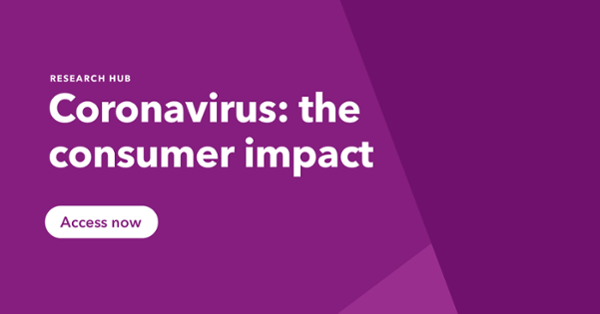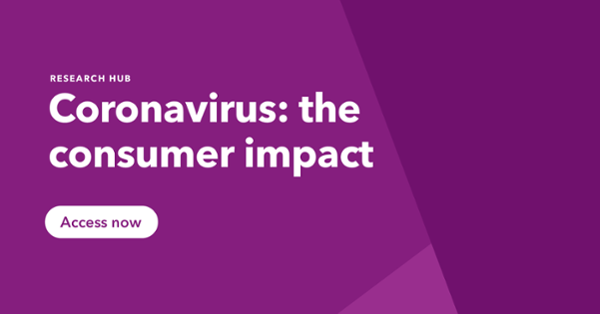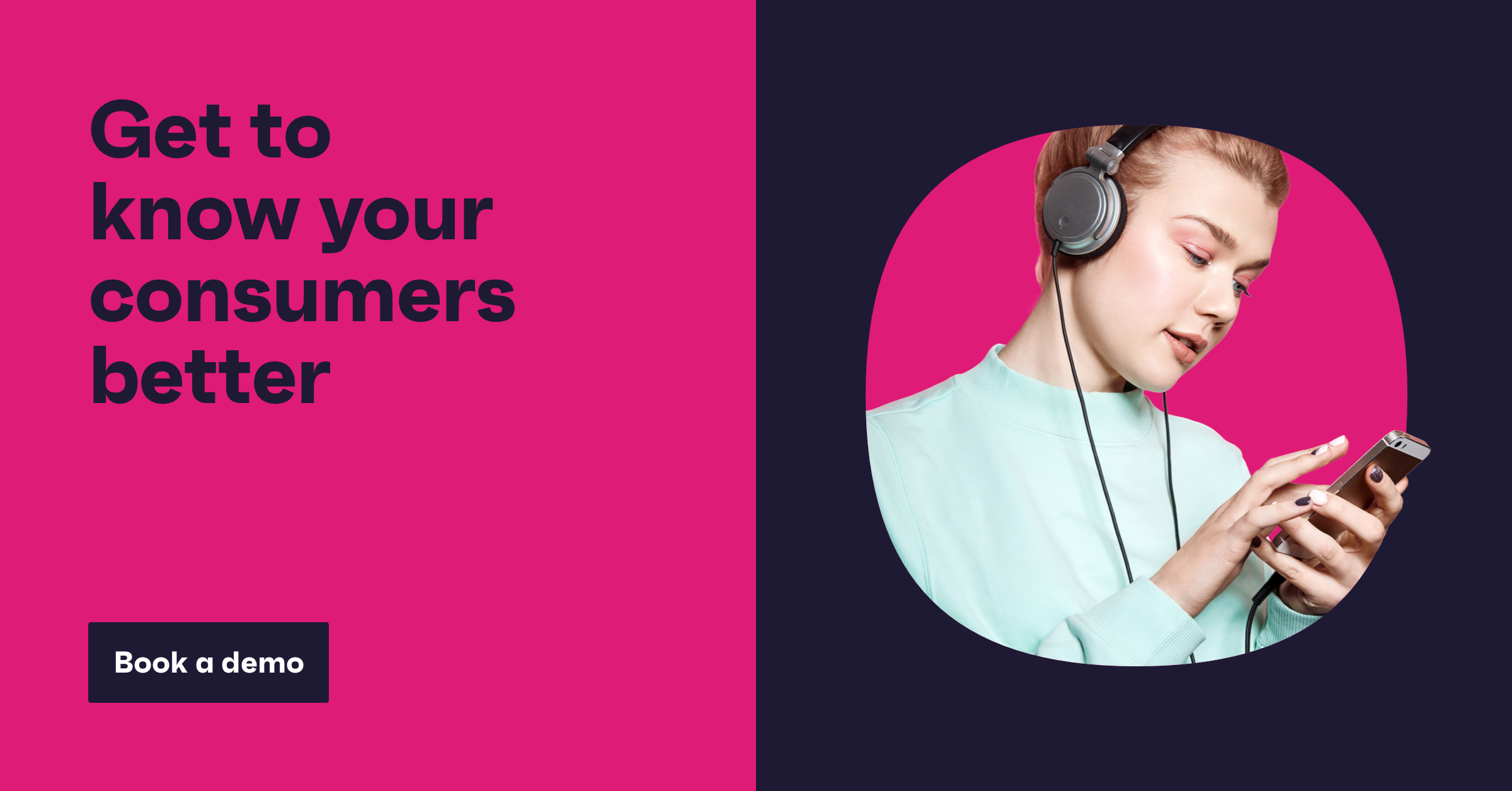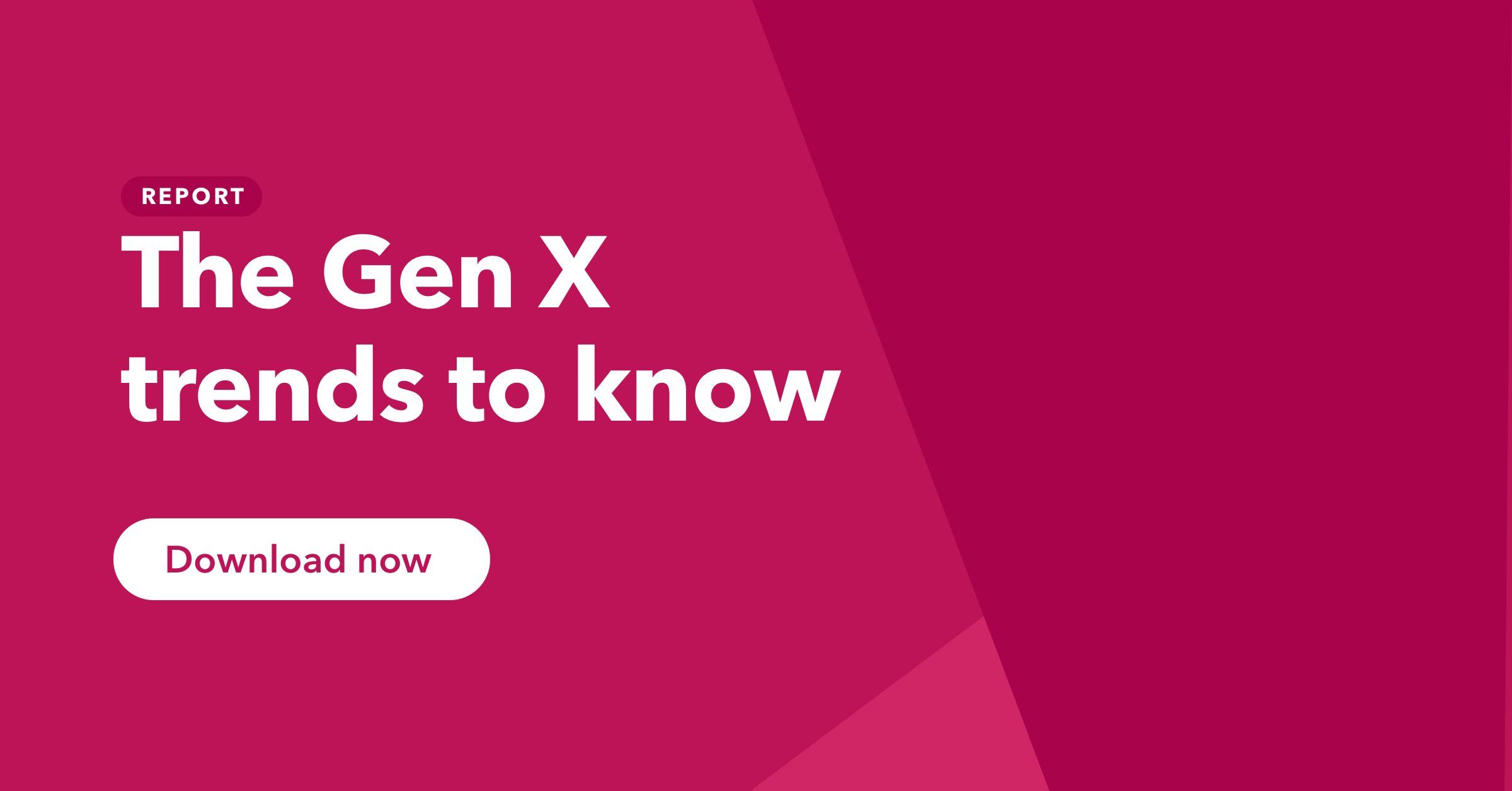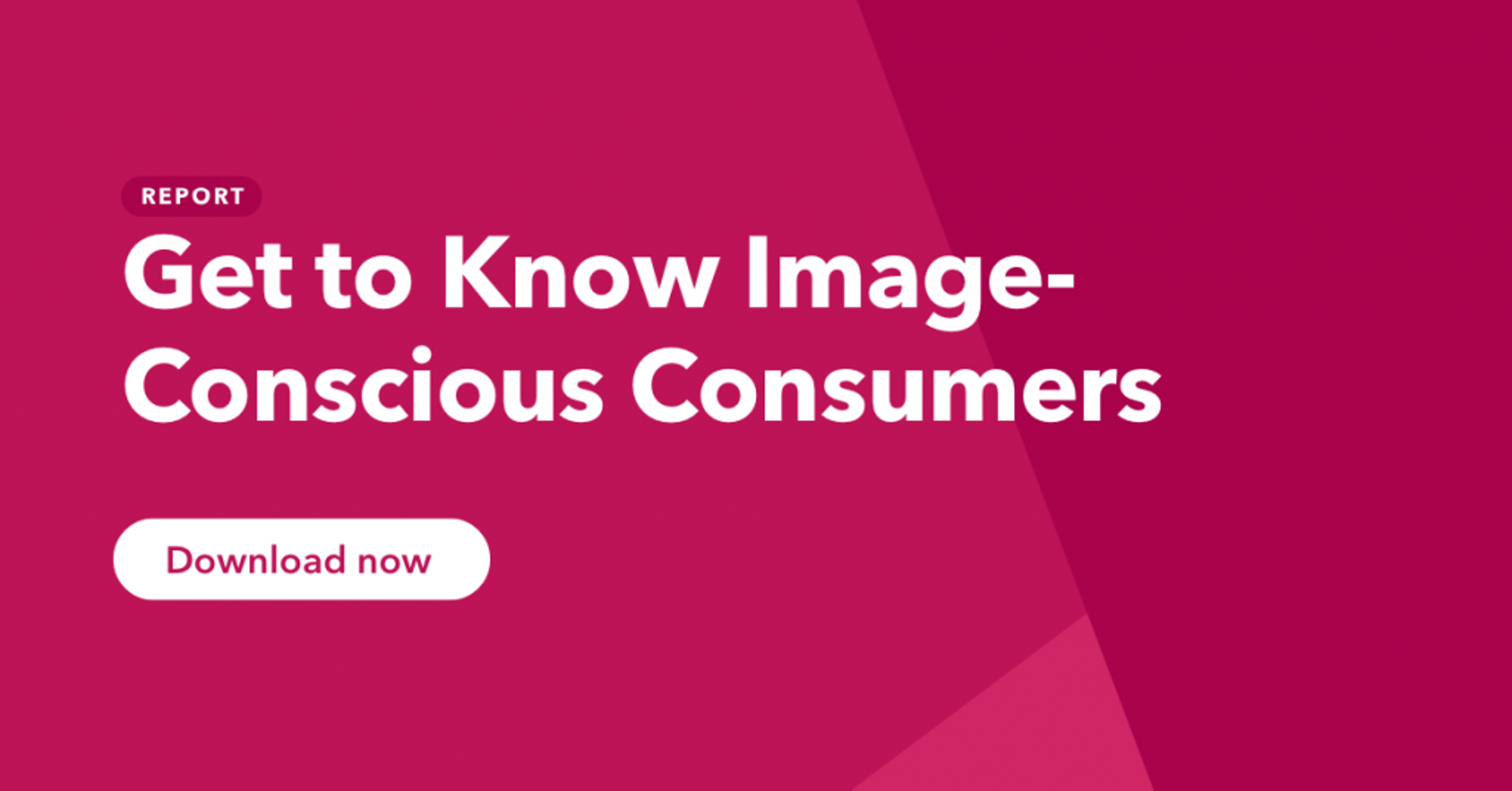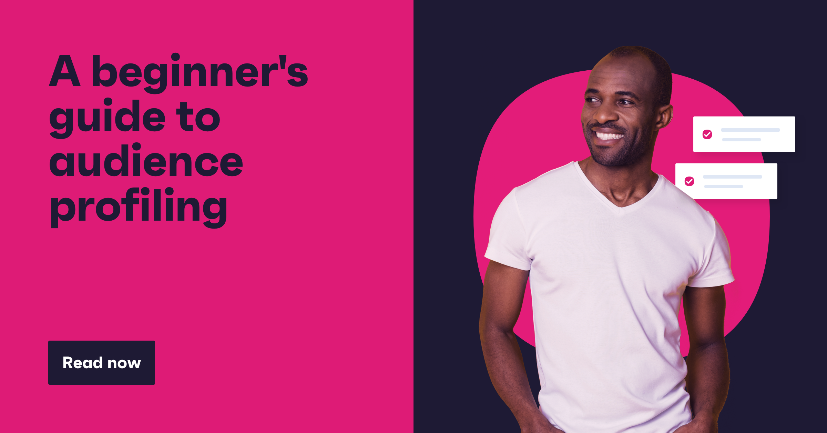
This is an exceptionally challenging time for all of us.
We continue to provide up-to-date information to help those looking to overcome disconnect with their customers and gain insight into how their digital lives have changed.
Recently, in the second wave of our international study fielded in 17 markets between March 31 – April 2, we noted the pandemic is having a resulting knock-on effect on the mental and physical wellbeing of individuals.
As we’ve previously documented, mental health is just as important as physical during the coronavirus crisis, and this is beginning to filter into campaigns. Both on the non-profit side (like Public Health England’s “Every Mind Matters”) and the commercial side (like ITV’s “Britain Get Talking” campaign).
Casting our eyes over UK and U.S. internet users, we shed light on the state of mental health in these markets – including who may be in need of support – and how varying coping mechanisms are helping struggling individuals to adapt.
As with all our dedicated research on this topic, the data and reports are free and ungated for everyone to access – with our full health report available here.
Coronavirus has amplified pre-outbreak mental health concerns.
Unsurprisingly, the greatest concern for UK and U.S. internet users overall is the thought of themselves becoming seriously ill from the virus (64% say this).
But outside of the virus affecting themselves or others in a critical manner, we begin to see where else the pandemic is taking its toll.
Around a quarter (23%) of UK and U.S. internet users cite declining mental health as a major personal concern at this time.
For many, this concern isn’t just a pessimistic thought and has already translated into a real issue.
Of those concerned about their mental health, a staggering 79% say it has already worsened to some capacity.
While this is evident in both markets, declining mental health among concerned individuals rises to 86% in the UK while falling to 76% in the U.S.
Different lockdown restrictions, action from governments and the availability of healthcare services are sure to impact group attitudes differently, but it’s clear to see the rising concern over mental health is far-reaching in this time of crisis.
But even if we focus on everyone, regardless of whether they’ve expressed a concern or not, we’re still seeing high figures of worsening mental health: nearly half of Gen Zs, Gen Xers and baby boomers say their mental health has worsened during the crisis, while this falls to just under 4 in 10 for millennials.
COVID-19’s effect on mental health
% of internet users aged 18-64 who say their mental health has been affected to any capacity during the coronavirus crisis
| Gen Z (18-23) | millennials (24 -37) | Gen X (38-56) | Baby boomers (57-64) | |
| Greatly Worsened | 10 | 9 | 7 | 4 |
| Slightly worsened | 39 | 29 | 41 | 45 |
| Not been affected | 40 | 49 | 42 | 49 |
| Slightly improved | 8 | 9 | 7 | 2 |
| Greatly improved | 3 | 4 | 3 | 1 |
| NET Worsened: | 49 | 38 | 48 | 49 |
| NET Improved: | 11 | 13 | 10 | 3 |
Source: GlobalWebIndex April 9-14 2020. Question: How would you say that your mental health has been affected, if at all, during the coronavirus crisis? Base: 462 Gen Zs (aged 18-23), 1,684 millennials (aged 24-37), 1,348 Gen X (aged 38-56), 211 Baby boomers (aged 57-64).
From our ongoing research, Gen Z typically report experiencing mental health problems the most – just under 1 in 4 say they have a mental health condition. This number falls with each generation to less than 1 in 10 baby boomers.
Given this sharp incline in mental health deterioration isn’t unique to a single age group, it’s clear the mental effects of COVID-19 don’t discriminate.
But triggers are different for each group.
For younger audiences, it’s likely a case of uncertainty – with exams, college applications and jobs hanging in the balance, Gen Z’s 50% greater likelihood of feeling increased panic at this time is well-founded.
In the case of boomers – who are the more at-risk group health wise – 46% feel increased anxiety. And, in line with their greatest concerns, two thirds are worried about either family members or themselves falling seriously sick from the virus.
Perhaps surprisingly, boomers are less likely to experience loneliness (37% say this) compared to Gen Z (46%). Many mental health campaigns understandably focus on reaching out to elderly individuals, who face extended periods of self-isolation.
But loneliness is hitting younger age groups hard as well.
The resounding complications on mental health among younger generations aren’t likely to be short-lived; the coronavirus outbreak is potentially generation-defining, just as the 2008 financial crisis was for millennials. For Gen Z, it looks as though uncertainty about how the crisis ultimately affects their future will have a lasting impact.
At present, mental health is a greater threat than ever, and should be addressed with the same seriousness as the virus itself.
But it’s also worth thinking about the impact on younger age groups, many of whom have seen some pivotal life events – like exams, graduations and first jobs – be postponed.
Coping mechanisms can contribute towards a positive state of mental health.
Despite increased use of digital media from the beginning of coronavirus-induced lockdowns, for those who are now entering a second month indoors, overloading on screen time isn’t necessarily a positive solution to a difficult problem.
Among those with improved, unchanged and worsening mental states, we see variation in the number of activities undertaken to keep positive, and the activities they each did less than normal.
A correlation between the two helps us gather insight on the factors most likely to influence consumers’ current state of mental health, and what more can be done to assist them.
Physical health is a natural aide to mental health
% of those whose mental health has worsened/improved are doing the following health behaviors less than they normally would/to look after their mental health
| Improved mental health | Audience % | Index |
| Talking to a therapist or other mental health professional | 16 | 1.82 |
| Tracking my sleep | 27 | 1.67 |
| Meditating | 36 | 1.33 |
| Journaling / keeping a diary | 16 | 1.29 |
| Practicing yoga / pilates | 26 | 1.21 |
| Worsened mental health | Audience % | Index |
| Exercising less | 27 | 1.39 |
| Eating less healthy foods (i.e. replacing these with more unhealthy foods) | 26 | 1.38 |
| Sleeping less | 33 | 1.31 |
| Eating less regular meals | 24 | 1.28 |
| Speaking to friends / family less often | 25 | 1.25 |
Source: GlobalWebIndex April 9-14 2020. Question: Have you been doing less of any of the following health behaviors than you normally would, as a result of the outbreak? | Which of the following things, if any, are you doing to look after your mental health while at home during this time? Base: 371 with improved mental health and 1,736 with worsened mental health of 18-64 UK and U.S. internet users.
The most popular coping method overall is talking to friends and family – 65% of UK and U.S. internet users say this.
Whether this is online, over the phone or in-person, the act of socializing is something the majority in both markets value – and need – with communication made more possible thanks to assistance from charities and volunteers.
The importance of connecting with one another is even more evident when we look at the factors which impact psychological wellbeing in a negative way.
Those reporting worsened mental state due to the outbreak are 25% more likely to be talking to friends/family less, demonstrating a link between lack of social interaction and declining mental health.
Though many efforts centered around dealing with feelings of loneliness and staying connected and loneliness appear geared toward older individuals, it’s worth noting Gen Z lead for worsened mental health.
This proves younger audiences need as much connection as their older counterparts. They may be more used to social media and keeping in touch virtually, but they’re not immune to feeling isolated.
Aside from staying in touch with friends and family, even more pronounced are the effects of a lack of exercise.
For example, just 18% of individuals with improved mental health say they’re exercising less, whereas this rising dramatically to 27% for those whose mental health has worsened.
Individuals with worsened mental health are 39% more likely than the average to say they’re exercising less.
The link between a positive mental state and active lifestyle is well documented, but, in a time of lockdown and restricted public contact, taking the time to remain physically active can prove more beneficial than ever.
From our research, it’s clear the trend in avoiding a healthy lifestyle contributes to even further negative mental repercussions.
Of the individuals whose mental health declined, 27% say they’re eating less healthily – 38% more likely than average. This is far ahead of those with improved (16%) and unchanged mental health (12%).
Additionally, a lack of sleep is almost unanimous with declining mental health, with a third of individuals in this group saying they’re sleeping less – 31% more likely than average.
As we noted earlier, use of digital media has skyrocketed, with round-the-clock news updates surrounding the uncertain nature of the outbreak. But the temptation to remain informed and connected all the time could have a knock-on effect on the sleep patterns of individuals.
With lockdowns now being measured in months, and not weeks, there may be a need for media providers to balance information and entertainment with recognition of the impact of screen time.
Among those who mental health has improved, tracking their sleep patterns appears to be a priority, with 27% saying they tried this method – 67% more likely than average.
While for those experiencing a decline in their mental health, just 13% are tracking their sleep.
For those who prefer a more traditional route, meditation – a common sleep remedy – is proving popular among improving or unchanged individuals with the former 33% more likely to be engaging in some form of meditation.
Importantly, outside of activities central to maintaining physical health and fitness, the pursuit of hobbies, pastimes and chores provide those who aren’t exercise-centric with an alternative to control their mental health.
No matter how individuals choose to cope, it’s clear that some – particularly those concerned with maintaining physical and mental health – are coping more successfully than others.
But it’s important not to mistake coping with that of a permanent solution – this particular fight against mental health is ongoing, and only just beginning.
Who should shoulder the responsibility for mental health?
We’ve seen just how impactful the coronavirus outbreak has been on individual’s mental health, but though it’s likely figures will fall after the crisis ends, this doesn’t necessarily mean a return to normal.
Evidence from previous times of crisis – such as the similar SARS outbreak in 2002-2003 – suggests these events exert a heavy toll on mental health for the foreseeable future. As such, the onus is on multiple parties to support individuals and prevent a future disaster.
Responsibility is relatively spread across a number of groups or institutions, but according to all UK and U.S. respondents, supporting people’s mental health is primarily considered the responsibility of governments (53%) and healthcare providers (48%).
Even when viewed across groups with different levels of mental health, these two remain ahead, but there’s sizeable differences outside of these two sectors.
Everyone has a part to play
% of UK & U.S. internet users who say the following groups/institutions should be doing more to support people’s mental health at this time
| % | |
| The government | 52 |
| Healthcare providers | 46 |
| Employers | 35 |
| News outlets / traditional media | 32 |
| Social media companies | 31 |
| Schools / universities | 26 |
| Brands / corporations | 23 |
| Charities | 20 |
| None of these | 12 |
Source: GlobalWebIndex April 9-14 2020. Question: Do you think any of the following groups / institutions should be doing more to support people’s mental health at this time? Base: 3,705 UK and U.S. internet users aged 18 – 64.
While nearly 4 in 10 of those with improved mental health say social media companies should be doing more, this falls to 3 in 10 for those whose mental health declined, suggesting preconceptions about social media’s role in mental health is less pronounced than some might think.
Instead, it’s Gen Zs with declining mental health who feel social media companies are responsible – nearly 4 in 10 say this, 17% more likely than average – which is likely due to this age group’s higher likelihood to use social media than others.
The same is true for news and media outlets, of which 1 in 4 UK and U.S. internet users believe should be doing more, and over a third of improved mental health users say the same.
But given just 1 in 5 UK and U.S. respondents say charities should be doing more, the lowest overall among respondents, expectations are high for news outlets and social media companies by comparison.
As demand for frequent news updates increases, the media’s role in the mental health outbreak can potentially be just as detrimental as it is positive, and both social media and the news have to consider the feelings of their audiences as we continue through this uncertain period.
The diversity and range of opinion as to who should provide more support shows that, while governments and healthcare services have a huge responsibility, this is an issue requiring everyone’s – and every entity’s – support.
While it’s clear that everyone can do more, the individual still holds an element of responsibility, and there’s evidence to suggest that habits being developed in this difficult time are going to stick.
For example, across all audiences of varying mental states, around 4 in 10 say they intend to keep eating healthy food and exercising frequently, both of which we found to be beneficial in controlling mental health.
Just as positive habits are being formed and sustained among individuals, efforts made to support individuals during this time should also aim to be carried out long after the crisis ends.
Those providing the support need to remember this isn’t a one-off situation, as historical examples from previous health crises show that mental health can be impacted in the long-term.
We’re all in this together, and despite the severity of the situation now, it’ll be equally as important to take good care of ourselves and others in the aftermath of COVID-19.
If you are experiencing symptoms or need support, take a look at the Mind (UK) and Mental Health America websites for ways you can seek help.
